Best Way To Meditate At Home:
Meditating in your home is convenient, comfortable, and can be very effective. In fact, there are several home locations that can be utilized and prepared for a productive meditation session. Face it, with this fast-paced world we live in, convenience has become a focus in many peoples lives. There may not be a best way to meditate at home, but let’s chat about how to get you started.
There are many modifications that can be made to your meditation space. This ancient practice is all about creating that sense of inner harmony, calm and training your mind.
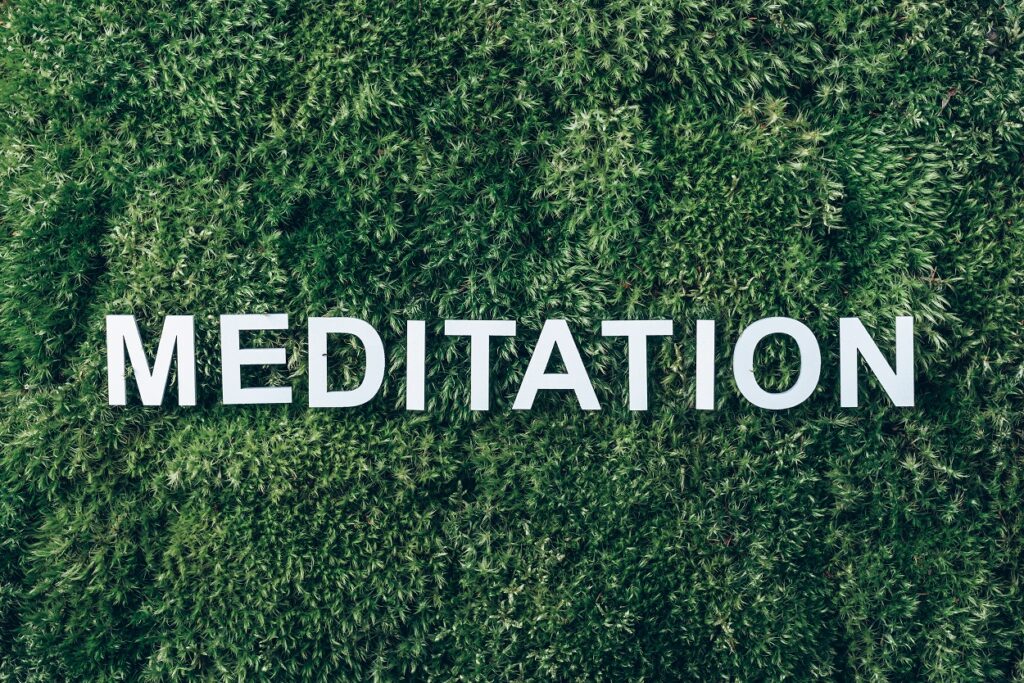
What better placed to do it, then at home!
There are many forms of meditation, including, mindfulness meditation, spiritual meditation, mantra meditation and even visualization type meditation. Furthermore, all of which can be done from your home with a focus to breath and staying present in the moment.
We’ll talk more about the best meditation areas in your home throughout this post. In addition, we’ll also discuss some of the best ways to meditate at home.
We want to help you improve your meditation experience and reap the full benefits of a regular daily practice in your home!
Perfect Meditation Areas In Your Home
Again, there are many areas of your home that can be used for meditation. Meditation is a practice that takes a great deal of patience. In addition, one of the great aspects about meditating at home, is that you don’t have to feel rushed. You don’t have to pack up a mat, or cushion, pillow or music, thus taking up time in your day traveling to a mediation spot.
Home should be a place of comfort and tranquility already, if not, maybe change is needed.
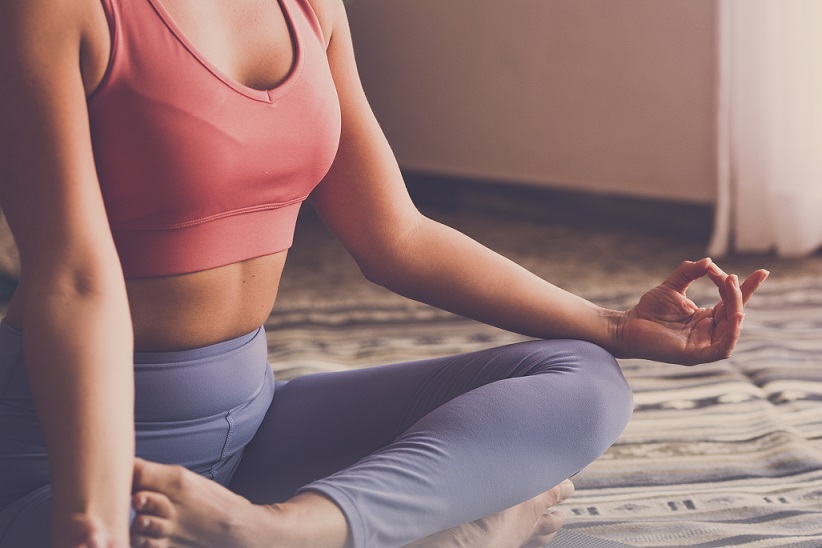
A Simple Guide/Sequence to Meditation
- Comfort: Once in your space, sit in a comfortable position.
- Time restraint: Whether new to the practice or experienced, set a time preference.
- Goals: Determine your goals for your session and what kind of meditation you wish to take part in.
- Close your eyes. Start to breath slowly.
- Breath: Focus on your breath, both in and out. Stay present in the moment.
- Wandering mind: If your mind wonders, take note of it, and bring it back to your breath.
- Non-judgmental: Be nice to yourself. Understand that a wandering mind is normal, especially if you’re new to the practice and have a lot going on internally. It’s okay, bring it back.
- Open your eyes: When finished, slowly open your eyes. Take note of your body and how you feel, your environment. What are your feeling? Are your relaxed?
- Determine how to better your practice: Sound, music, positioning, location, etc.
Areas to Meditate in your Home:
a. Bedroom
If you decide to meditate at home, your bedroom is probably one of the first places you’ll consider using as a meditation space. Bedrooms are a place of comfort and relaxation. They also provide you with plenty of privacy.
To meditate deeply, you may need privacy and quiet. Oftentimes, the bedroom, provides these things for you. Furthermore, bedrooms are easy to customize and situate for the best ambiance and atmosphere.
If you’re in a more public area of your house, you might not be able to set the mood as you would like to.
Meditation cushions can be placed, you can set up candles, and dress appropriately.
b. Backyard Area
Another area of your home you can use is your backyard. Outdoor meditation requires certain conditions. For instance, you may want to go outside and meditate when the weather is ideal and tolerable for comfort. You’ll also want to make sure there is not a lot of noise either, maybe a specific time of the day that is most quiet and peaceful.
For the most part, the outdoors is a great place to meditate as the warmth of the sun and free moving air can really add to your meditation, helping to create a sense of calmness. The smell of fresh cut grass or newly bloomed flowers can add some tranquility to your session. You can also customize you outdoor space.
In addition, the effects of just being among nature may also be helpful for your practice. So, if you have a pond or garden in your backyard, you can try and implement them into your meditation. The natural scenery around you has more impact than you may realize.
c. Study Room
Another quiet and private place you may have in your home, is a study. Study rooms are already designated as an area of concentration and focus. So they can be a great place to practice meditation and get your head in the right space for your session, quickly without too much customization.
d. Roof or Balcony Area
Your roof or balcony might not be your first choice for meditation, but it can really change up your practice. If you’re feeling stagnant in your sessions (which can happen), or feel like you need to try and meditate in a different space, a bit of height can help.
Meditating from a roof won’t be for everyone, as not everyone has the kind of shaped roof that may be safe. In fact, many roofs could be dangerous to meditate on depending on their design, so be wise in your decisions. This idea is ideal for individuals with flatter roofs or maybe have roof top decks.
A balcony can in fact be a nice alternative to your roof if you have one.
e. Living Room
Lastly, we recommend using your living room space for meditation. Living rooms are many times, open and spacious. The one issue with this area is the traffic from others whom may live in the house.
If you can find a time of the day where the kids or spouse is out and about, this can be a fantastic place to meditate in your home. There is a lot of potential for this area of your home, as living rooms can have better access to natural lighting and beautiful scenery.
You can also make adjustments to the natural light via the use of curtains, closing and opening them just enough to get the light you desire. Living rooms can also be set up with cushions, plants, and other items that can enhance your practice.
Get To It: Best Way To Meditate At Home
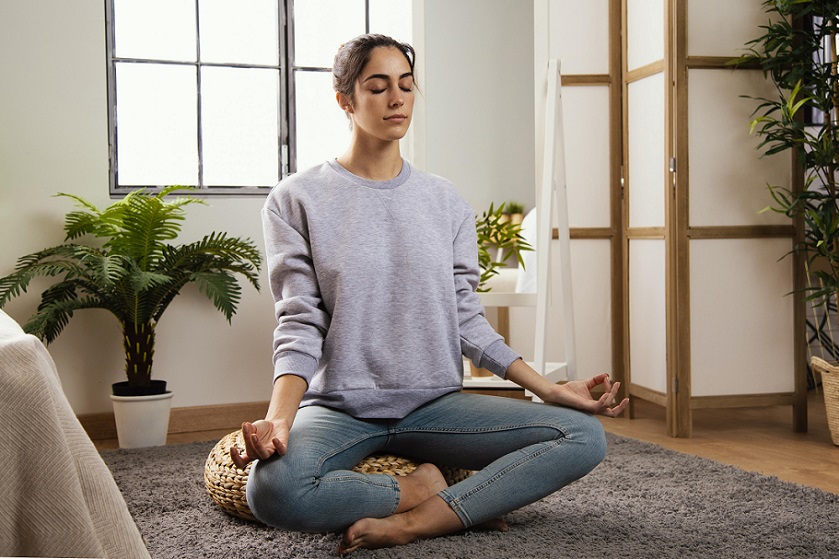
Now you know some places to meditate in your home. In this next section, we’ll expand on ways you can improve your meditation routine.
1. Eliminate Any Distractions In Your Meditation Space
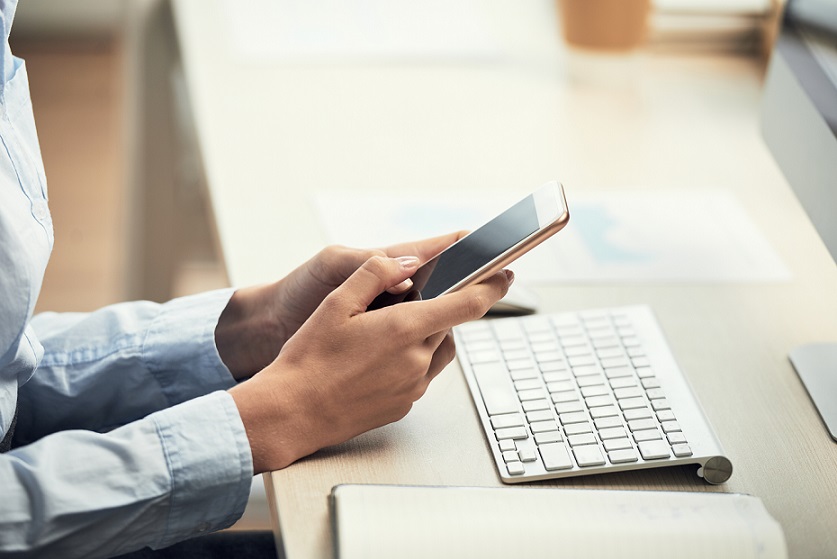
To begin any effective meditation session, you’ll want to eliminate any distractions. Your phone should be put on silent or turned off and any other electronic devices should be powered down as well.
If you’re using your phone to listen for guided meditation or music, you can keep your device nearby. Just make sure that calls or texts won’t disturb your session.
In addition to this, close the door if you’re in a private room, discuss with any family members or friends that you’ll need some quiet time as you meditate.
In addition to this, try to let go of any distracting thoughts. You want to live in the now as you prepare to meditate. Dwelling on the past or fixating on thoughts of the future will only hinder your practice. These can be recent thoughts, following random thoughts, a song in your head, pain, to even just the way you’re sitting.
2. Build Up Your Meditation Routine Slowly

It’s tempting to start meditating as much as possible, for as long as you can, but you should try and start out slow. Meditation requires patience and dedication. However, if you speed through the beginning stages of this practice, you may not be able to sustain it.
Think about it this way, you don’t start running a 5k when you begin a jogging routine. Instead, you gradually build up your running mileage for better results. This same concept can be applied to meditation. Take things one step at a time. Don’t beat yourself up, if it takes you a while to start meditating how you want to, and getting accustomed to this form of relaxation.
3. Invest In Meditation Cushions
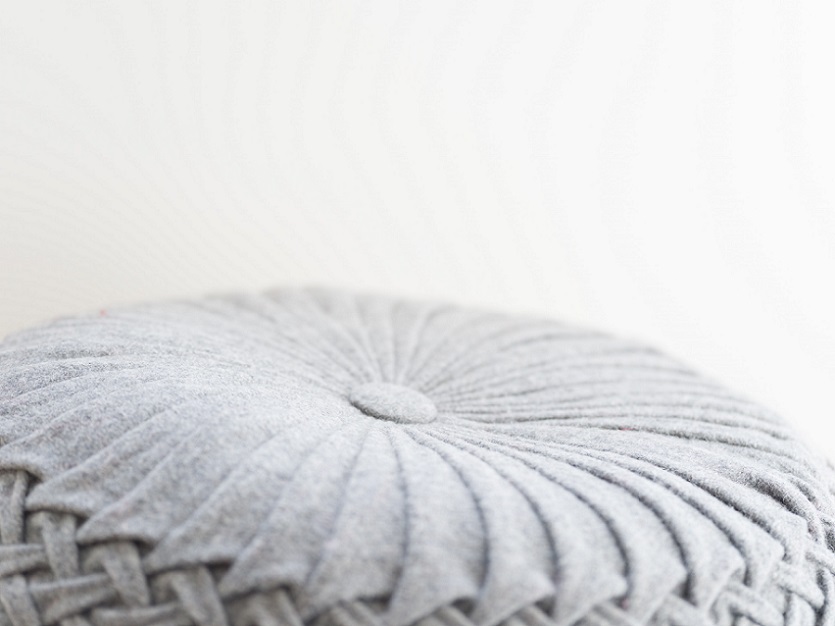
This step isn’t strictly necessary, but meditation cushions and other meditation items can help improve your practice. Meditation is centered on comfort and relaxation, firstly, so it doesn’t hurt to invest in some nice cushions or pillows for your practice.
4. Try Turning Down The Lights and Lowering The Temperature
Meditation should be practiced in optimal conditions. You don’t want your meditation space to be too hot or overly bright. This can distract you from your practice and actually make it more difficult to enjoy your meditation.
You don’t want to bear through discomfort, as again this takes your focus off of your practice. Thus, making it more difficult to keep your mind centered internally, and on your breath. These are small alterations, but they can greatly improve your meditation sessions.
5. Use Meditation Music For Your Practice
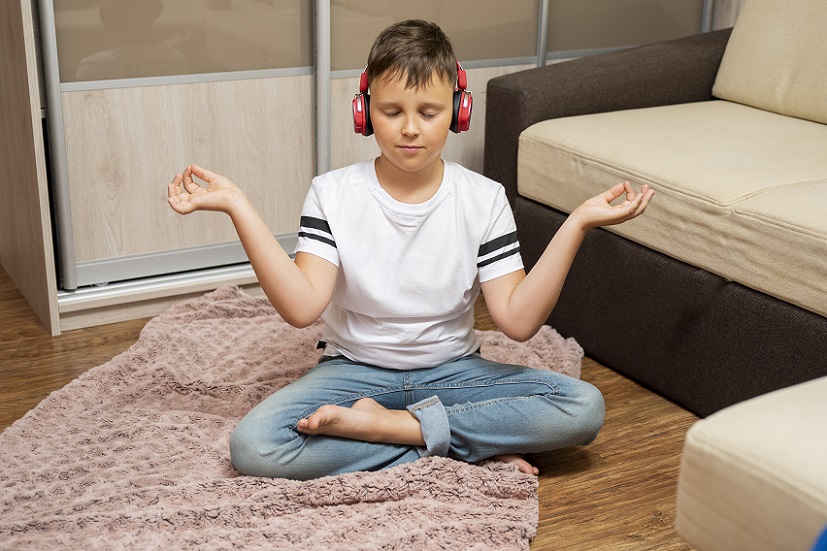
Meditating with music (or sound bath meditation) is another tool you can use in your practice. Some practitioners don’t like the idea of meditation music, as they believe or feel there practice is better suited in silence. However, there is no “right way” to practice meditation. If music relaxes you and helps you meditate and focus inward, you should try using it in your home.
Music is a natural relaxant. If you’re easily stressed or have a hard time unwinding, music can help ease you into your practice more quickly. In fact, there has been a lot of research done on the benefits of “sound” on stress, and anxiety as well as other ailments.
Beginners can especially benefit from meditation music, but even experienced meditation practitioners can use sound to aid them as well.
How you meditate is ultimately up to your preference, as long as you can focus and feel at peace, you can add any type of sound you want. Regular Zen meditation can be good, but things like nature sounds and even binaural beats can be good for meditating. Classical music, as well as a range of genres can be suitable for your practice as well.
6. Use A Guided Meditation App
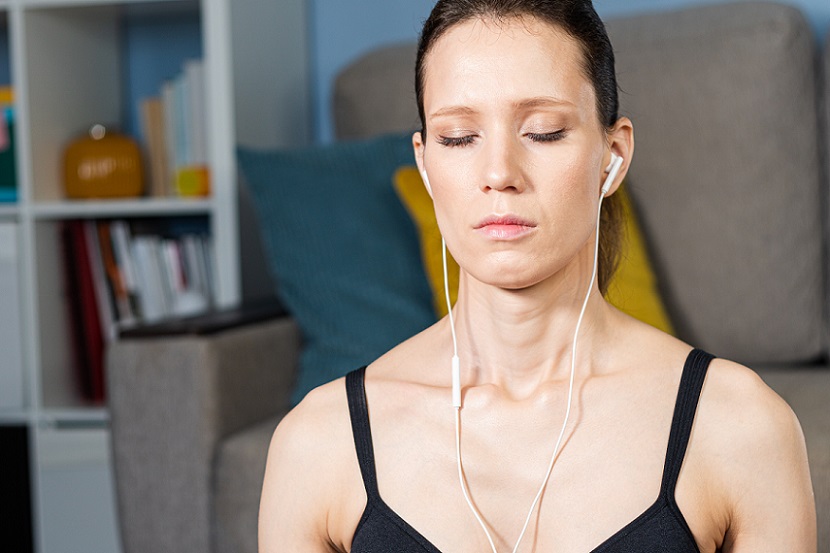
Not everyone has the money to join a meditation class and get instruction in person. Thankfully in today’s technological climate this doesn’t mean that you can’t learn to meditate from your own home. With the internet and a smart device, almost anyone can learn to meditate without leaving their house.
Guided meditation apps are a great way to start meditating. They enhance your practice and help keep your mind from drifting and losing focus. We suggest downloading one of these apps onto your phone or tablet for a great in-home meditation!
Final Thoughts!
There you have it. Whether novice or experienced to meditating, it can be done quite effectively at home, in the right situation. Hopefully some of these tips will help when you decide to mediate in the comfort of your home.
Thanks for stopping by, see you next time!
Resources:
- https://www.dummies.com/religion/spirituality/where-should-you-meditate/
- https://camillestyles.com/design/interior-design-mistakes/
- https://yogainternational.com/article/view/10-tips-for-reducing-distractions-in-meditation
- https://www.headspace.com/?gclid=CjwKCAjwqIiFBhAHEiwANg9szrkTl1qHOTX8WJ5bJvhQOpbPY8pw9GHNmVKDHVu9f7DD2GOfiirJcRoCgwsQAvD_BwE



